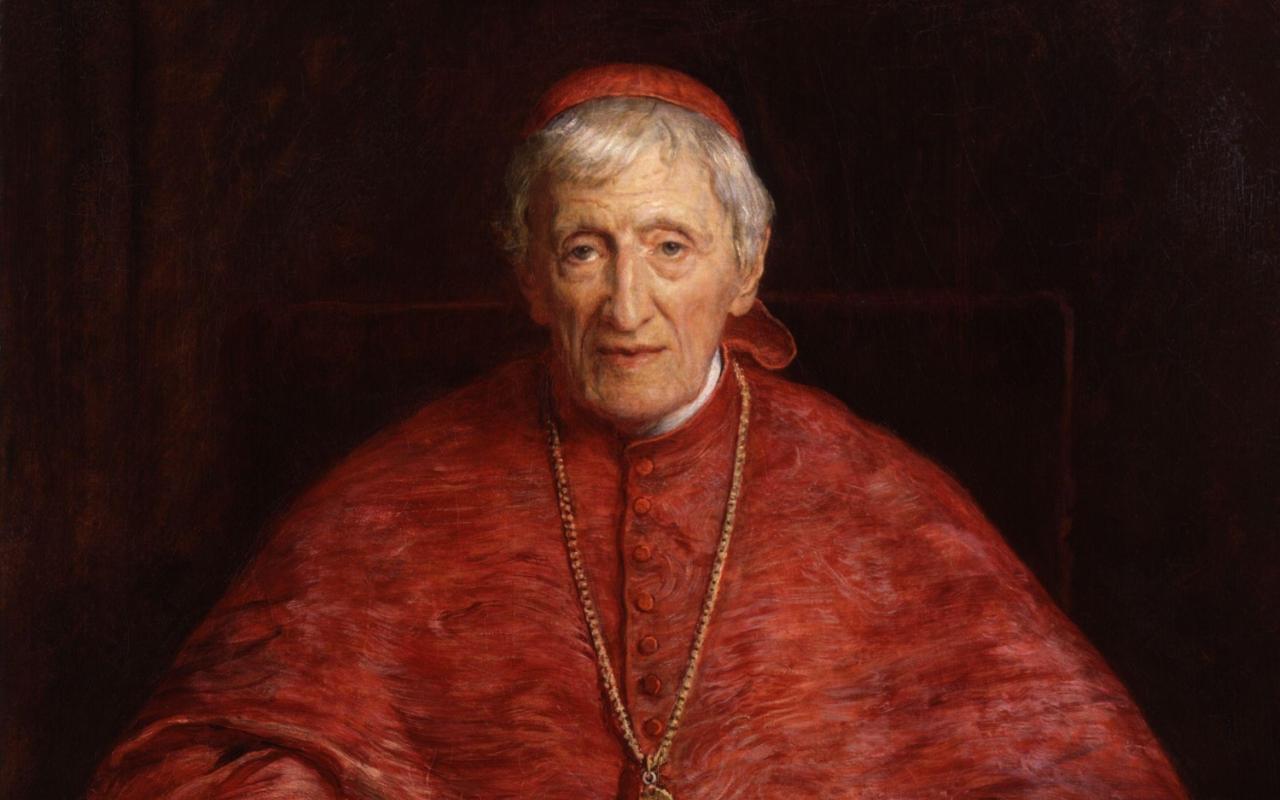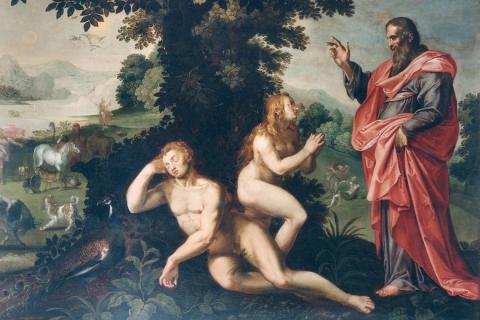
Learn the story of Saint John Henry Newman, named a Doctor of the Church and co-patron of Catholic Education by Pope Leo XIV.
Pope Leo XIV will officially declare St. John Henry Newman a Doctor of the Church and a co-patron of Catholic Education on November 1st, the Solemnity of All Saints. In offering this honorary title, the Holy Father will add this English theologian to the list of thirty-seven other saints whose wisdom and teachings have made a great impact on the life of the Church. To fully appreciate this historic moment, it is good to understand who John Henry Newman was and why the Church continues to see him as one of the great luminaries of the modern age.
Newman was born in London in 1801 and died in Birmingham in 1890. His adult life was encompassed by the Victorian Era, in which the economic and military strength of the British Empire grew to increasing prominence. He was raised as an Anglican, a member of the Church of England, and came of age during a time in which many were becoming increasingly skeptical of religion. After attending Oxford University as a student at Trinity College, he later became a tutor and fellow at Oriel College. There he pursued graduate studies and left behind the dream of studying law to study theology instead, and eventually became an Anglican priest. After a brief period of parish work in Oxford at St. Clement Church, he took up a position at St. Mary the Virgin university church on campus and there became a prominent preacher for seventeen years.
The year 1833 was pivotal in Newman’s life as he toured the Mediterranean and had encounters with expressions of Roman Catholicism. This was also the year in which he and other scholars founded what is known as the “Oxford Movement,” an intellectual effort with a series of publications that gave attention to the foundations of Christianity as transmitted by the Church Fathers, the sacramental system, and the role of ritual within the liturgy. In the scholarship of this movement, Newman sought a middle path between the extremes of Roman Catholicism and Protestantism, called the Via Media, wanting Anglicanism to maintain a balanced middle ground in its expressions of faith. Yet the more Newman dug into history, the more he questioned the claims of his own tradition. He realized that many sects within Christianity had attempted a middle ground in the past, such as the Semi-Arians and the Monophysites, and that this path ultimately ended in heresies and schisms apart from the one, true Church.
With increasing concern about how to interpret the beliefs of Anglicanism, Newman pondered where to find the truest expression of Christianity and where he could feel intellectually at home. Between 1841 and 1845, he made painful decisions to withdraw from his Anglican friends, his preaching position, and his faculty position at the university. In good conscience, he could no longer claim to be a practicing member of the Church of England and realized that his heart was leaning toward Roman Catholicism. In this trajectory, Newman knew he was sacrificing his career, prestige, and friendships. Yet he also knew that he was entering a fuller expression of the truth, and would be nourished by the Faith that steadily developed from the time of the Apostles, through Church Fathers and the Middle Ages, and into the Modern period.
Newman entered the Roman Catholic Church on October 9th, 1845 at the hands of a Passionist priest, Fr. Dominic Barbieri. Two years later, he was ordained a priest in Rome after a brief period of formation. He later joined the Congregation of the Oratory, which had been founded three centuries earlier by St. Philip Neri. In this Congregation, he established Oratory houses in Birmingham and London in his native country. Later at the invitation of the Irish Bishops, he became the founding rector of the Catholic University in Dublin and served there for seven years, delivering many compelling lectures on the nature of Catholic education, which continue to inspire schools and universities to this day.
Newman’s time as a Catholic priest was filled with many difficulties. He continued to face criticism from Anglicans, and he was often misunderstood by Catholics for his theological positions. He was often challenged by administrative duties, and many of his projects were unsuccessful due to competing interests, such as when Bishop Wiseman asked him to complete a revision of the English Catholic Bible. Yet in all of his setbacks, he continued to remain faithful to the true Faith and to his conscience.
Despite all the challenges he endured, there were moments of brilliance in which his intellectual gifts shone forth with remarkable clarity. When publicly challenged in 1864 to defend his positions by an anti-Catholic man named Charles Kingsley, Newman’s syndicated response led to the book known as his Apologia pro Vita Sua, which renewed his reputation and became one of the great religious autobiographies of all time. And while suspicions about Newman continued throughout the final years of Pius IX’s papacy, his situation changed with the election of Pope Leo XIII. The new pope wanted to honor the great English theologian and named him a Cardinal of the Catholic Church in 1879. In his acceptance speech of this great honor, Newman noted that he had spent his life fighting against the spirit of liberalism, that is, the belief that there is no truth in religion and that one form of religion is as good as another. Such sentiments continue to this day, as a spirit of relativism dominates the minds and hearts of many people in our own age.
Newman’s elevated status as a cardinal gave him a renewed influence in his elderly years. Emphasizing the right ordering of faith and reason, a sound use of Sacred Scripture, the importance of the Church Fathers, and the proper role of conscience were frequent themes that drew his attention. Such themes continue to resonate today as the Church still looks to his writings for guidance and clarity.
It is fitting that we receive a new Doctor of the Church from the modern era. The truths spoken by previous Doctors have an enduring quality to them. Yet Newman addressed issues of the modern world, and thus the Church’s recognition of him emphasizes how theologians should continue to approach contemporary issues and sensibilities with zeal and clarity. It also underscores how in every age, the Lord continues to provide for His flock through the gifts of shepherds and saints.
Three years after he died, students at the University of Pennsylvania in Philadelphia created a Newman Club for Catholic students. Their initiative continued on many other college campuses with the creation of Newman Centers, which offer spiritual and intellectual formation to university students. In this, Newman is not seen simply as a namesake for college chapels. Instead, his legacy is felt much more strongly through the depth of his writings, in which his dozens of books and thousands of surviving letters instruct believers on how to navigate the complexities of modernity, and how to stay rooted in a proper understanding of the Faith.
In declaring Newman a Doctor of the Church, Pope Leo XIV is building upon the honors given to Newman by his predecessor, Pope Leo XIII. Both popes have seen in him an enduring wisdom that will speak a fresh word of truth to believers for generations to come. Because of this and his enduring legacy, Newman is certainly a worthy candidate to be named the next Doctor of the Church.
